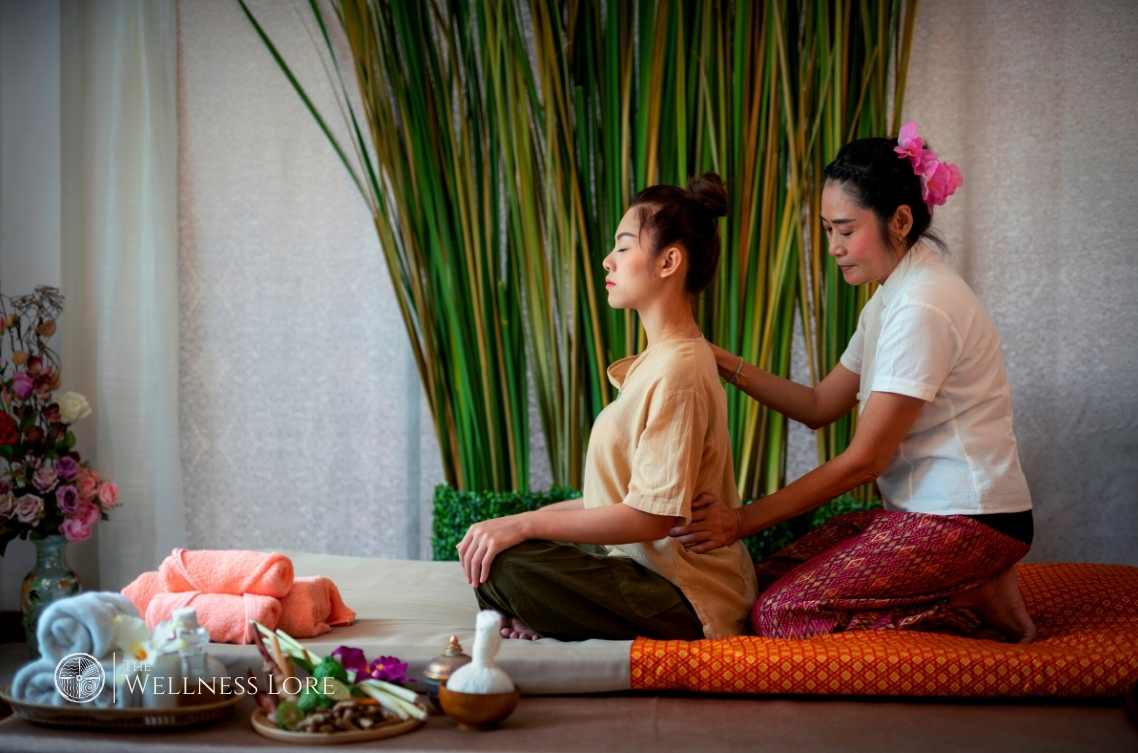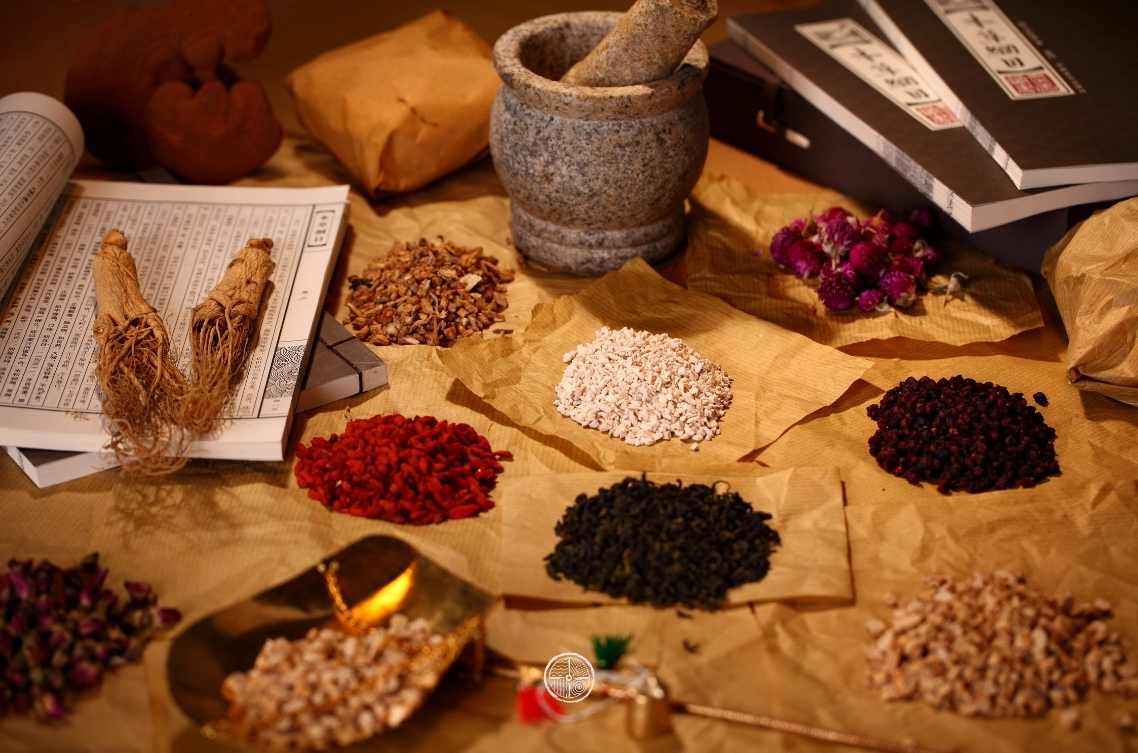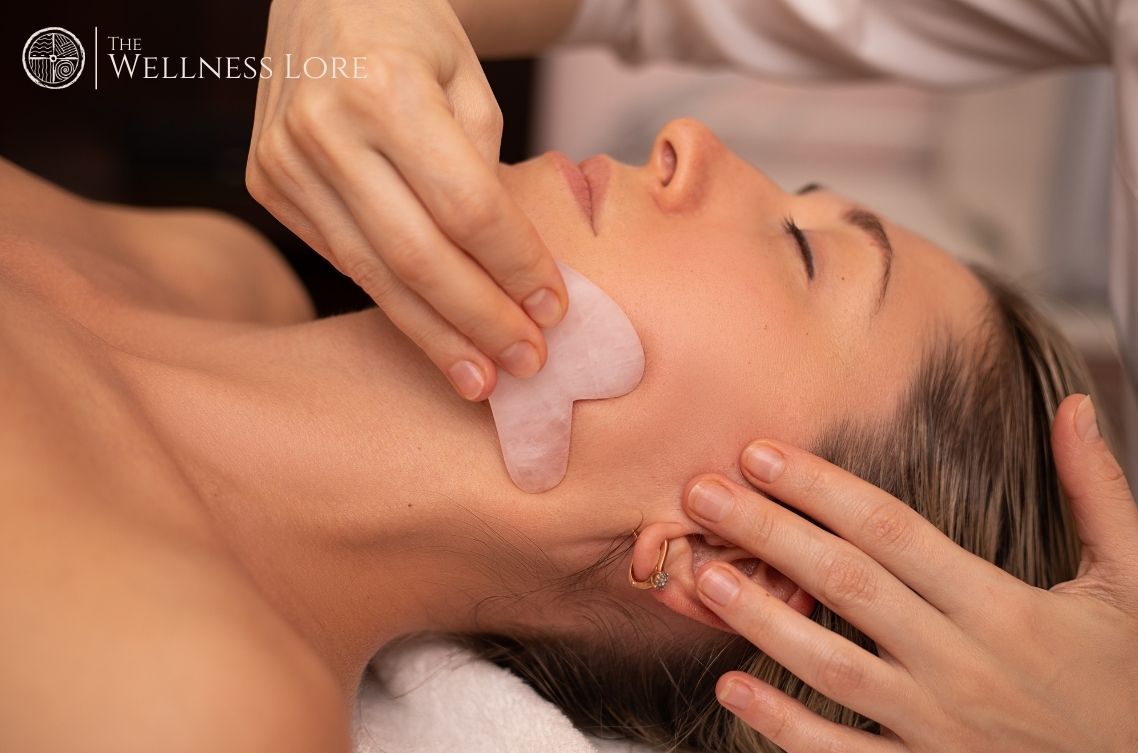Thai massage: A soothing procedure for wellness

Among the other health and wellness practices prevalent in Thailand, a Thai massage is arguably the most famous. Due to the immense benefits the massage provides, it has garnered many admirers and followers worldwide. Thai massage is a unique therapeutic option. It is one of the most popular forms of alternative treatments for various health problems and complications. It generally involves applying a gentle level of pressure and a set of techniques to stretch and relax the entire body.
A person gains several health benefits from this procedure, including relief from asthma, migraine, muscle and joint sprains, emotional well-being, and many more. This massage can also help improve sleep patterns, flexibility, and awareness and reduce fatigue. In terms of a healing art or therapeutic session, very few procedures can match the effectiveness and benefits of a Thai massage. One can find traces of the influences of Ayurvedic and traditional Chinese medicinal treatments. A Thai massage takes a much more comprehensive approach, with the generous use of different postures and precise massage techniques. It has also been referred to and known as assisted yoga due to its nature. One of the other things to remember about it is that relevant scientific studies have backed up its efficacy and benefits.
What makes Thai massage unique?
Thai massage is quite different from western massage. The massage involves a lot of technique and effort on the part of the massage therapist, with the whole procedure characterized by specific movements. Also, it is pretty dynamic and works the entire body. Compared to Thai massage, Swedish massage is much more relaxed, with the massage therapist employing gentle strokes, kneading, rolling, and percussion movements.
Another name for Thai massage is ‘Thai yoga massage’ or yoga for lazy people. The name originates due to the recipient’s body being placed in several postures that look much like traditional yoga. Here, the massage therapist has to put in a lot of effort, while the recipient needs to relax and let them take care of everything else.
Features of Thai massage
The uniqueness of Thai massage can be seen in its features that are pretty different from other similar techniques.
Compressions
The therapist applies rhythmic compressions or deep-pressure massage techniques in this massage. The primary purpose behind this is to relax and energize the whole body. These compressions could also lead to increased blood flow.
A minimalist massage
Usually, the Thai massage is performed on a floor mat, and the recipient usually remains entirely clothed, unlike other massages where they have to undress. Also, there is hardly a need for any furniture, and the entire procedure could be completed on the floor. The simplicity of Thai massage further enhances its elegance and helps the recipient be more comfortable and achieve peace of mind.
Meditative treatment
Contrary to other similar procedures, a Thai massage is much more of a spiritual and meditative treatment. This treatment helps in providing a feeling of calmness and can also help the recipients find a better balance between their mind, body, and spirit. The massage starts with the receiver uttering a prayer called Wai-khru. This prayer sets the tone for the entire session and helps focus on wellness and well-being. The recipient often has to lie down on the back or the stomach during the massage. They can even sit up during sessions for those techniques to be implemented.
What are the techniques in a Thai massage?
Among the range of options in the wellness domain, this form of massage therapy is so effective partly due to the technique it involves. In Thai massage, the massage therapist uses their hands, elbows, forearms, thumbs, and even feet in some cases to reduce the tension within the muscles. Since Thai massage practitioners believe in the concept of sen, or the vital energy lines passing throughout the human body, it is vital to get the energy flowing through those channels to achieve well-being.
What should I wear for the massage?
Thai massage is fundamentally different, as here, the recipient can stay fully clothed while getting the massage. It is best to wear a loose-fitting garment, preferably a cotton top and loose drawstring pants. Also, it is essential to remember that if you feel sore or have suffered a recent injury, you should let the massage therapist know. People with increased pain sensitivity should also discuss firsthand with the therapist.
Benefits of Thai massage
Thai massage offers several real benefits, which include lowering the stress level through gentle pressure and stretching routines. Multiple studies have concluded that Thai massage does, in fact, help in reducing stress. Next, the massage leads to mental stimulation and boosts energy levels. Since the procedure involves applying careful pressure to specific energy channels throughout our body, it results in rejuvenation and recovery.
Stress management
Stress is not always harmful and can act as a motivator in a lot of cases, which can help individuals focus and perform better. However, too much of anything can be harmful, and that is true for stress as well. Excessive stress can lead to compromising mental and physical well-being. Chronic stress can lead to serious health complications such as depression and other cardiovascular ailments. The gentle pressure and meticulous stretching techniques help in relaxing the whole body.
The pressure needs to be meticulously applied by the massage therapist to produce the necessary effects and alleviate the symptoms correctly. The benefits of massage have also been backed up by related scientific research. According to a 2015 study, Thai massage has been shown to reduce the levels of sAA substantially, which is a stress marker found in saliva. Researchers also concluded that this massage could be more effective in reducing stress compared to just taking a rest.
Boosts energy levels
This is a crucial benefit that can be derived from this massage. Busy professional and personal lives can sometimes take a toll, and we might feel a lot of fatigue after an eventful day. A single randomized trial examined and compared the effectiveness of Thai and Swedish massages in combating fatigue and improving energy levels. The study found that Thai massage led to higher energy levels and stimulated the mind, while Swedish massage helped in relaxation and better sleeping patterns.
Thai massage focuses on the energy lines throughout our bodies, called ‘sen,’ and several sen or energy channels exist. Now, sen relates to different body parts, such as muscles, bones, nerves, and blood. These energy lines also connect to the mind and consciousness, which are referred to as subtle channels.
The general theory surrounding this treatment suggests that tight muscles lead to blockages within those different energy lines. Those muscles can stop life energy from flowing throughout the body and can also result in pain, stiffness, and illness. The techniques used during a Thai massage can either open or constrict those energy channels to correct the energy flow as required.
Back pain reduction
Thai massage can be a highly effective alternative therapeutic option for back pain issues. In Thailand, researchers studied the procedure’s effects on 120 people who complained of lower back pain issues. While half the participants were treated with Thai massage, the other half engaged in conservative pain management techniques such as joint mobilization (pressure application technique), hot packs, and manual stretching exercises. After a 4-week treatment, both groups reported a substantial alleviation in their back pain. Other relevant studies and research have also pointed out the effectiveness of Thai massage in reducing the back pain that is associated with trigger points, such as the painful, tight muscle clusters in our back.
Reduces joint stiffness
Inflammation in the area around the joints or chronic diseases such as rheumatoid arthritis can be extremely painful. Pain alleviation is highly important in those cases, and recent studies have shed light on the usefulness of Thai massage in combating the menace of joint pains. Join stiffness and pain are both alleviated due to the procedure. One study examined the effects of Thai massage combined with wand exercises and its effects on knee arthritis. After the 8-week program, the study participants reported less pain and better ease of walking. In a different study examining 60 osteoarthritis patients, it was found that three weeks of Thai massage treatment led to the same pain relief as three weeks of ibuprofen intake, a highly-effective anti-inflammatory drug.
Improves flexibility and motion
Restricted range of motion and reduced flexibility can be a problem for athletes or individuals engaging in any sport. Thai massage can be a blessing in these cases as it can help people move more quickly. To test the effects of this exercise on athletes, a group of 34 soccer players was chosen for a simple experiment. After getting Thai massages over ten days, three times each day, there was a significant improvement in their abilities to perform sit and reach exercise sets. There has been a hypothesis that Thai massage improves blood flow and oxygen supply to the muscles, which results in achieving greater flexibility. This massage technique has also been shown to reduce muscle pains and improve adhesion. Subsequent research has also pointed out Thai massage’s effectiveness in improving players’ speed and their subsequent agility.
Helps with anxiety
Sometimes we may be too anxious or feel threatened or fearful of a possible or present scenario. This anxiousness could lead to a lot of complications. Anxiety is also a pertinent issue in recent times, plaguing a significant part of the population. Several wellness therapies help lower anxiety levels and gain a sense of calm or serenity. It also helps a person to relax and enjoy their surroundings. This calming feeling has a lot of positive effects on the body and psyche.
One of the most effective wellness therapies for easing anxiety is the Thai massage. The massage can bring instant relief to anxiety and other related issues. It does that by instilling a sense of calmness within the massage recipient. While Thai massage is more dynamic and intense than other massages, it has been shown to decrease psychological stress and anxiety levels significantly and in helping individuals to attain a sense of calm.
Since stress is an essential component of increasing anxiety in any situation, managing stress can have a tangible effect in terms of anxiety management as well. When researchers conducted brain scans of people who underwent Thai massage therapy, they found that the scans showed increased relaxation and lower anxiety levels compared to those who underwent traditional physical therapies.
Provides relief from headaches
One advantage you can get from a Thai massage is its effectiveness in curing headaches and reducing stress. Migraines can be challenging and extremely painful, and general medicine might not always produce the desired results. Also, many side effects are associated with frequently taking instant pain-relief medications. A Thai massage can substantially alleviate the severity of migraines. It can prove to be a highly effective source of alternative therapeutic processes. The fundamental way it helps reduce headaches’ intensity is by helping decrease stress levels. Subsequent research has shown the benefits of Thai massage to last for several days, ranging up to 15 weeks.
To sum it up,
Thailand is home to lots of popular wellness procedures. Among them, one of those, which has become synonymous with the name of the country, is Thai massage. Not only is it innovative and effective, but relevant studies and research have also backed up its benefits. Quite different from other massage techniques, Thai massage incorporates many specific movements and techniques that help the human body in several ways. The careful application of pressure and the yoga-like postures help in improving blood flow and in instilling a sense of calm within the massage recipient. So, if you are feeling stressed out, experiencing anxiety, muscle pain, or losing flexibility, then signing up for a Thai massage can be hugely beneficial. Even if you are feeling overwhelmed by your professional or personal demands, Thai massage therapy can go a long way in soothing the senses.
More Recent Stories



